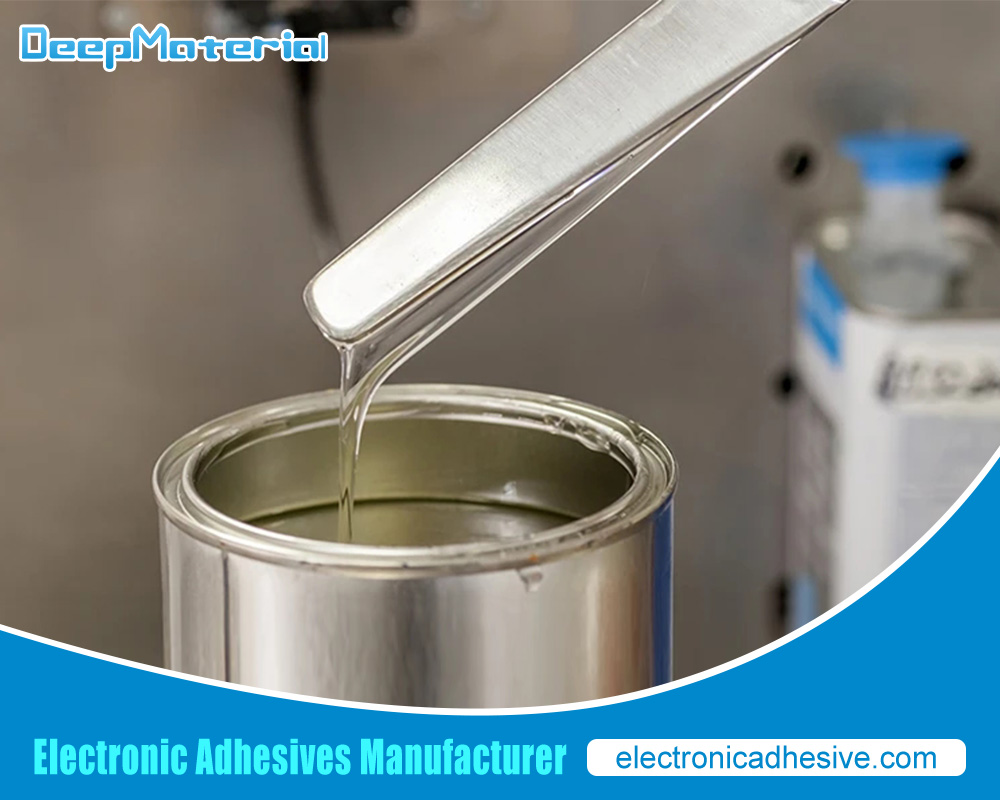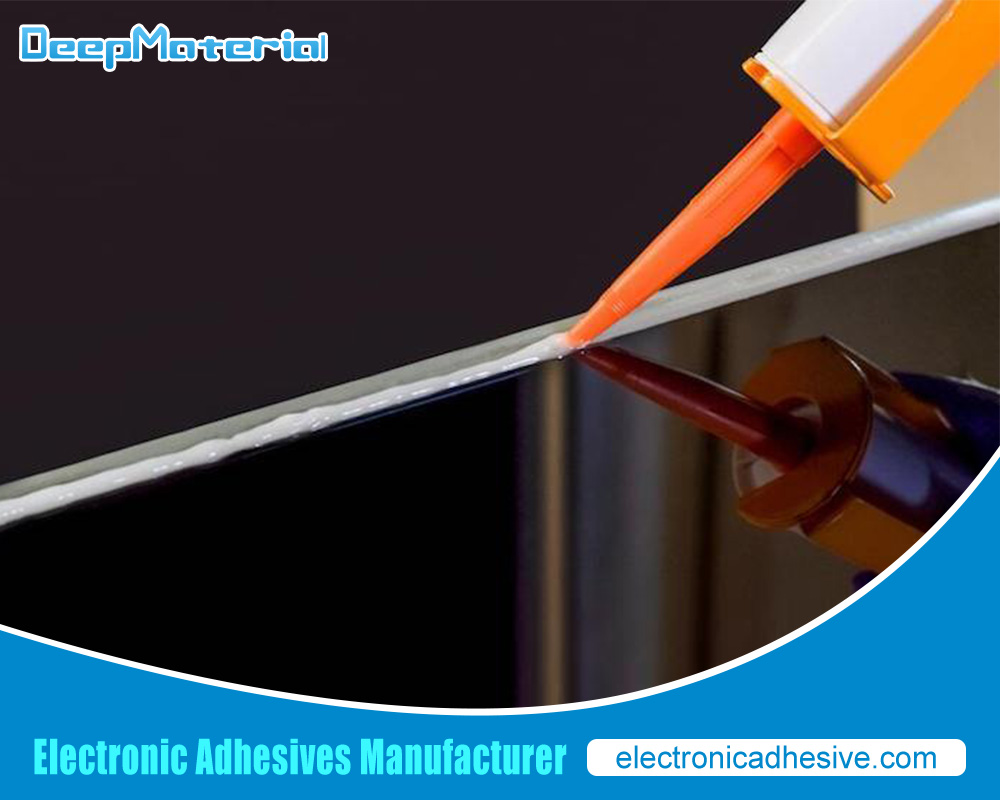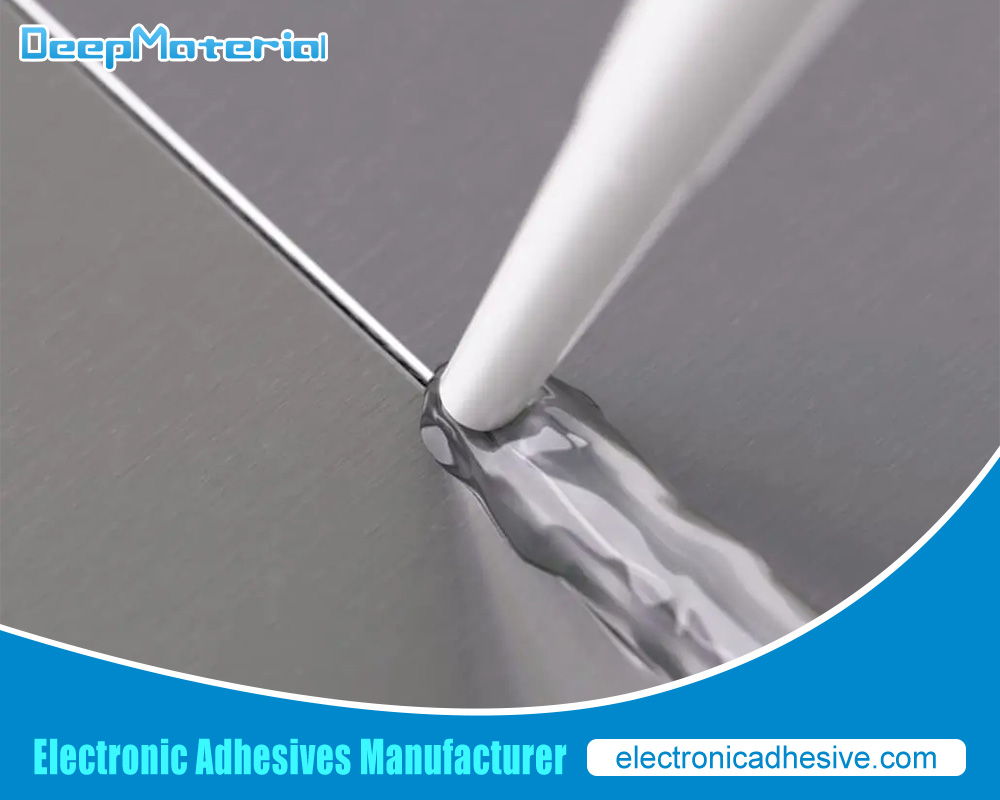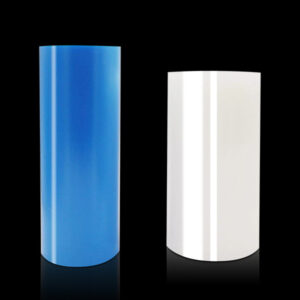Troubleshooting Common Issues with Industrial Strength Epoxy Adhesive
Troubleshooting Common Issues with Industrial Strength Epoxy Adhesive
Industrial strength epoxy adhesive is a strong glue used in many fields because it sticks really well and lasts a long time. It’s made of two parts: a resin and a hardener. When you mix them, they react and create a tough, lasting bond. This glue can stick together a variety of materials like metals, plastics, ceramics, and wood.
It’s used a lot in building and making things for sticking together important parts like concrete and steel. Car and plane makers use it to stick parts that need to be very strong and not shake apart. It’s also used on boats to stick parts that need to stay dry.

Common Problems with Industrial Strength Epoxy Adhesive
Though this epoxy adhesive is very useful, it can have some problems. It’s important to know and fix these issues quickly to make sure the glue works as it should.
One big problem is not getting the surfaces ready the right way. If the surface isn’t clean, free of grease, or rough enough, the glue might not stick well, making the bond weak. Mixing the resin and hardener wrong is another issue. If you don’t get the mix just right, the glue might not set properly.
If you don’t let the glue dry long enough, it might not hold strong or might break too soon. Changes in temperature and moisture can also mess with how well the glue sets. Not putting the glue on right, like using too much or too little, can make the bond uneven or not strong enough. Lastly, if the glue gets dirty or doesn’t work well with the materials you’re sticking, it might not stick as it should.
Incorrect Mixing Ratio
Getting the mix right between the resin and hardener is key to making sure industrial strength epoxy adhesive cures and sticks properly. If you don’t mix them in the right proportions, the glue might not set fully, leading to a weak bond. Always follow what the glue manufacturer says about how much resin and hardener to use.
Use tools that let you measure exactly, like measuring cups or syringes, to get equal parts of resin and hardener as the manufacturer recommends. Mix them together well until they’re fully combined and you can’t see any streaks. It’s best not to mix a lot at once to avoid the glue setting before you’re ready to use it.
Insufficient Curing Time
Not giving the glue enough time to set is another problem that can make the bond weak or even cause it to break too soon. It’s really important to let the glue dry completely before you put any stress on it. If you hurry this process, the bond might not be strong.
How long the glue needs to set can vary based on things like the temperature, how moist the air is, and what kind of glue you’re using. Check what the glue manufacturer recommends for drying time. Usually, epoxy glue needs at least 24 hours to set. If it’s cold or damp, it might need more time. Make sure you give it enough time to dry and don’t rush to use the bonded items too soon.
Temperature and Humidity Variation
Changes in temperature and moisture in the air can really affect how well industrial strength epoxy adhesive works. If it’s too hot or too cold, or if there’s a lot of moisture in the air, the glue might not set right or could end up weaker.
To make sure the glue sets as it should, work in the temperature and moisture levels the glue maker says are best. Don’t use the glue in places that are very hot or very cold, because that can change how thick the glue is and how long it takes to set. Also, too much moisture in the air can make the glue weaker. If you need to, use tools like dehumidifiers or heaters to keep the air around your work just right.
Improper Application Techniques
Not putting the glue on right can also cause problems. Using too much glue, not spreading it evenly, or not mixing it well can all lead to the glue not holding as strongly as it should.
To avoid this, make sure you’re using the right amount of glue, as the instructions say. Use the right tool, like a brush or a spatula, to spread the glue evenly. Don’t press too hard when you’re putting the glue on, because that can make too much glue come out and the bond might not be as strong. Mix the resin and hardener until they’re completely mixed and look the same all over.
Contamination of Adhesive
If the glue gets dirty, it won’t stick as well. Things like dust, oil, or water getting into the glue can stop it from sticking properly and make the bond weaker.
To keep the glue clean, store it in a place that’s clean and dry, and not too hot or cold. When you’re working with the glue, use clean tools and try not to touch the glue with your hands. If the glue does get dirty while you’re using it, take off the dirty part and put on new glue. Also, make sure where you’re working is clean so nothing gets into the glue and ruins it.
Incompatibility with Substrate Materials
Sometimes, industrial-strength epoxy glue doesn’t stick well to certain materials. This can make the bond weak. Different materials have surfaces and chemical makeups that can change how well the glue works.
To make sure things stick together well, choose a glue made for the materials you’re using. Look at what the glue maker says or ask someone who knows a lot about glue to find the best one for what you need. Before you use the glue on everything, try it on a small part. This test can show any problems early and help make sure the bond lasts and is strong.

Final Thoughts
In conclusion, industrial strength epoxy adhesive is a powerful bonding agent that offers exceptional strength and durability. However, it is not without its challenges. Understanding and addressing common issues promptly is crucial to ensure optimal performance and successful bonding.
Issues such as inadequate surface preparation, incorrect mixing ratio, insufficient curing time, temperature and humidity variations, improper application techniques, contamination of adhesive, and incompatibility with substrate materials can all impact the effectiveness of industrial strength epoxy adhesive.
By following proper procedures, such as thorough surface preparation, accurate mixing ratios, sufficient curing time, temperature and humidity control, proper application techniques, prevention of contamination, and selecting compatible substrate materials, these issues can be minimized or avoided.
For more about troubleshooting common issues with industrial strength epoxy adhesive, you can pay a visit to DeepMaterial at https://www.electronicadhesive.com/ for more info.











